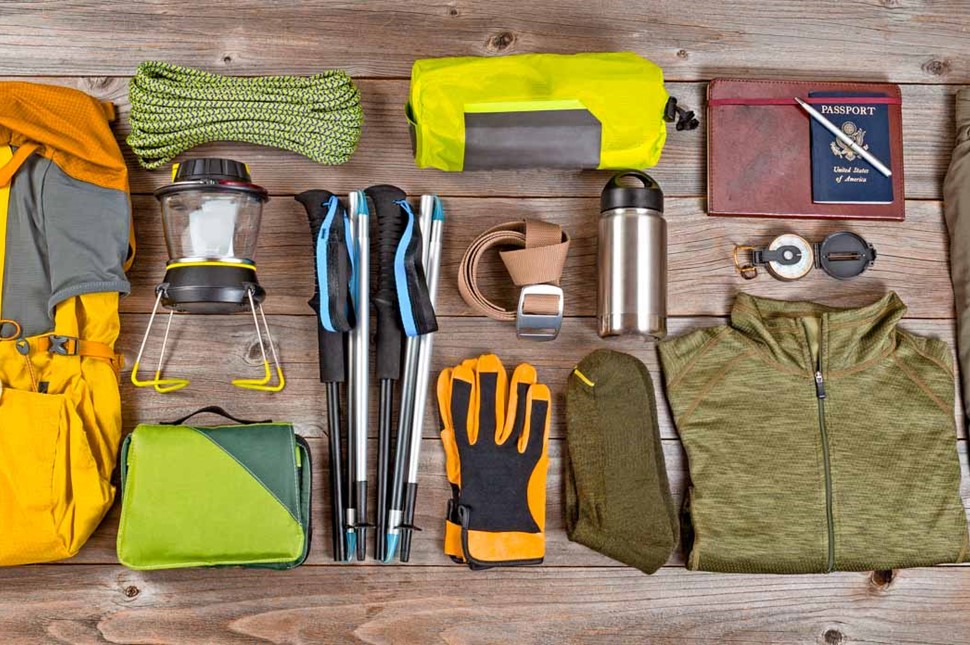Navigating the Trail: A Comprehensive Guide on Choosing the Right Trekking Gear for Beginners
Embarking on a trekking adventure as a beginner is an exciting journey into the great outdoors. One of the key aspects that can make or break this experience is having the right trekking gear. Whether you're setting foot on a gentle trail or planning a more challenging adventure, the proper equipment ensures comfort, safety, and an overall enjoyable experience. In this comprehensive guide, we will navigate through the essential elements of choosing the right trekking gear for beginners, covering everything from footwear to outerwear, and offering valuable tips to make your trekking journey a success.
Footwear: The foundation of a successful trekking adventure lies in the right footwear. Ill-fitting or inadequate shoes can quickly turn a pleasant hike into a painful ordeal. When selecting trekking shoes, consider the following factors:
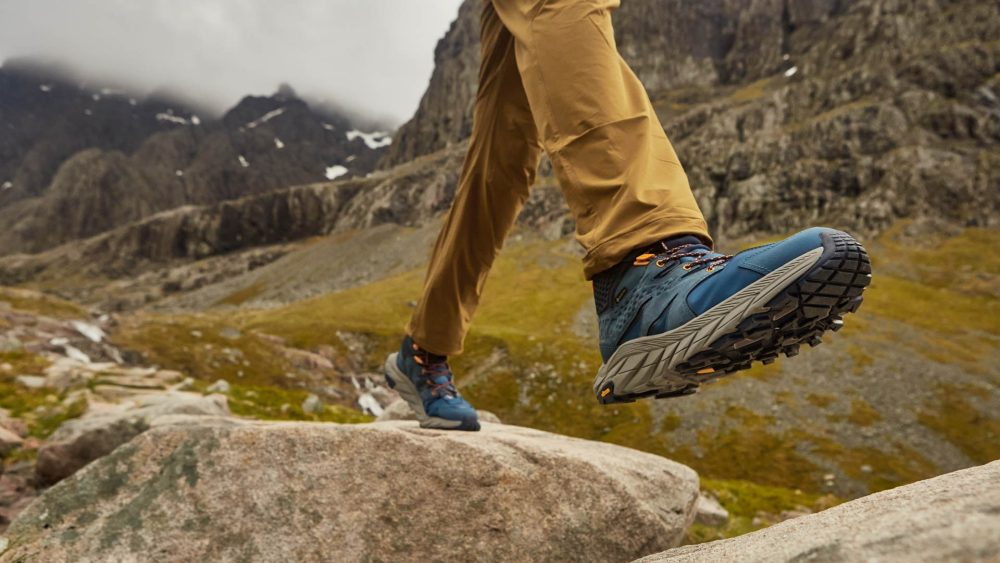
- Fit and Comfort: Finding the right fit is essential. Try on different brands and styles to identify the one that suits the shape and size of your feet. Keep in mind that feet may swell during a trek, so ensure there's enough room for that expansion.
- Support and Stability: For trails with uneven terrain or longer durations, opt for shoes that provide adequate ankle support. High-top hiking boots can offer stability and help prevent ankle injuries.
- Water Resistance: Consider the climate and trail conditions. If you anticipate encountering water, choose waterproof or water-resistant shoes to keep your feet dry and comfortable.
- Breathability: Breathable materials are crucial, especially during warmer weather. Shoes with proper ventilation prevent excessive sweating, reducing the risk of blisters and discomfort.
Choosing the right footwear is a personal process, and it's recommended to try on different options and walk around to assess comfort and fit before making a final decision.
Clothing:

Selecting the right clothing is crucial for comfort and protection against the elements. Your clothing selection should be based on the anticipated weather conditions and the duration of your trek:
- Layering: A well-thought-out layering system is vital for adapting to changing weather conditions. Start with a moisture-wicking base layer to manage sweat, add insulating layers for warmth, and finish with a waterproof and windproof outer layer to shield against the elements.
- Material: Choose clothing made from performance materials that wick moisture away from the body and dry quickly. Fabrics like merino wool or synthetic blends are popular choices for their moisture-wicking properties.
- Weather Considerations: Pack clothing suitable for the expected weather conditions. Sun protection, such as a wide-brimmed hat, becomes essential in sunny climates, while a waterproof jacket and additional layers are crucial for unpredictable or colder weather.
- Convertible Options: Convertible pants, which can be transformed into shorts, provide versatility for changing weather conditions. This adaptability allows you to regulate body temperature as needed.
Selecting the right clothing ensures comfort and protection throughout your trek, allowing you to focus on the experience rather than discomfort from inadequate gear.
Backpack:
 Your backpack is your mobile base camp, carrying all the essentials for your trek. Selecting the right backpack involves considering its size, features, and comfort:
Your backpack is your mobile base camp, carrying all the essentials for your trek. Selecting the right backpack involves considering its size, features, and comfort:
- Capacity: Choose a backpack with an appropriate capacity based on the duration of your trek. Daypacks are suitable for shorter hikes, while multi-day treks may require a larger backpack. Consider the volume in liters that aligns with the duration and the items you plan to carry.
- Fit: The fit of the backpack is crucial for comfort and weight distribution. Look for a backpack with adjustable straps and hip belts to customize the fit to your body. Properly fitted backpacks reduce strain on your shoulders and back.
- Features: Consider additional features that enhance functionality. Look for multiple compartments to organize your gear effectively. Hydration reservoir sleeves, external attachment points for trekking poles or sleeping bags, and rain covers are valuable features for a trekking backpack.
- Weight Distribution: Distribute the weight evenly within the backpack to prevent imbalance and strain on your back. Place heavier items closer to your back and towards the bottom for better stability.
Choosing the right backpack is integral to your overall comfort on the trail. It ensures that you can carry all your essentials while maintaining ease of movement.
Navigation Tools:
Staying on the right trail and reaching your destination requires the right navigation tools:
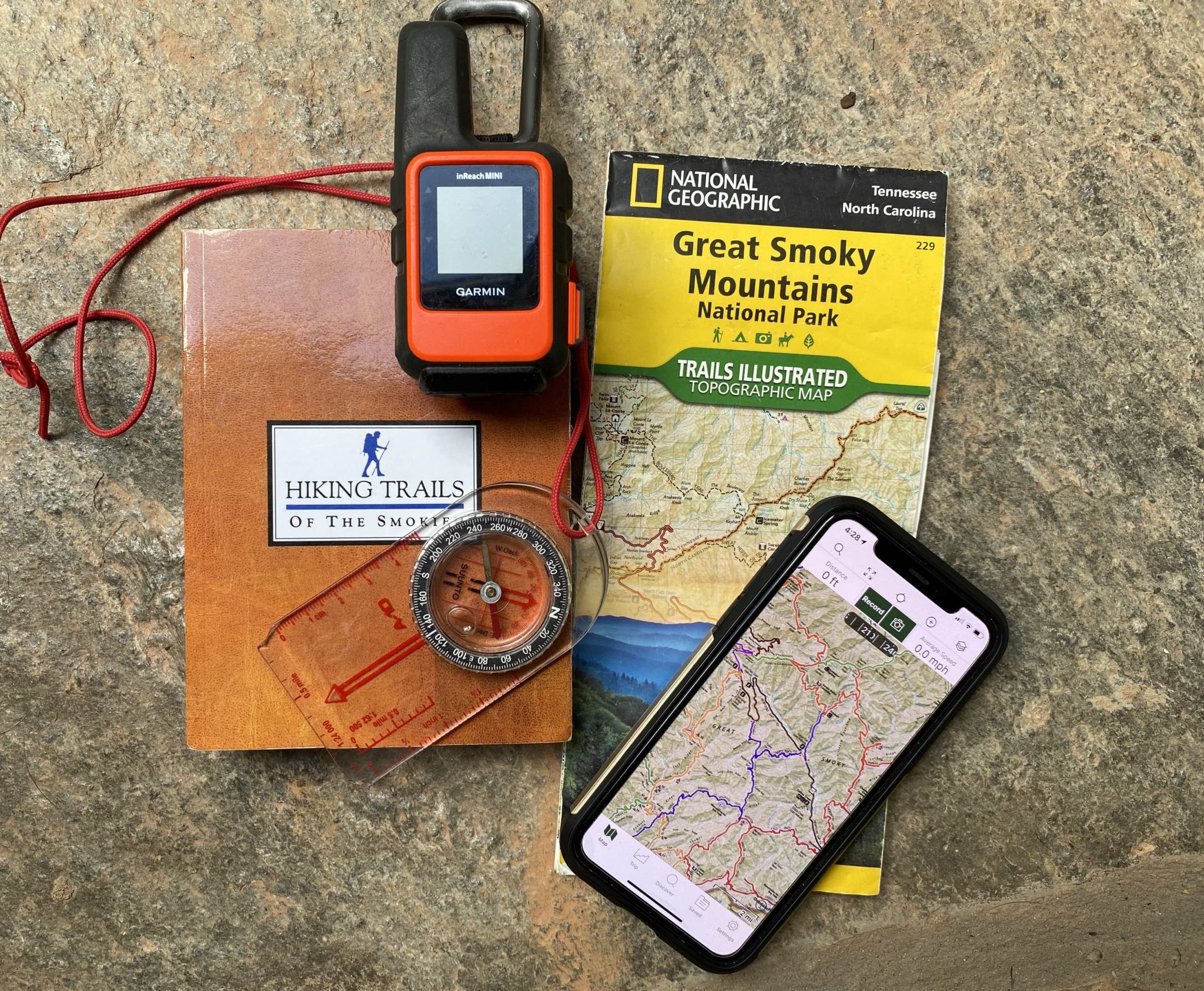 Map and Compass: A detailed topographic map and compass are essential tools for navigation. Familiarize yourself with basic map reading and compass use to confidently navigate trails.
Map and Compass: A detailed topographic map and compass are essential tools for navigation. Familiarize yourself with basic map reading and compass use to confidently navigate trails.- GPS Devices: Global Positioning System (GPS) devices or smartphone apps with GPS functionality can enhance navigation. Ensure that your device is fully charged and consider carrying a portable charger for longer treks.
- Trail Markers: Pay attention to trail markers and signs. Different trails may use color-coding or specific symbols to indicate the path. Familiarize yourself with these markers to stay on course.
Accurate navigation tools provide confidence and security, ensuring that you stay on the right path and reach your intended destinations.
Safety and First Aid:
Safety should be a top priority on any trekking adventure. Pack a well-equipped first aid kit and familiarize yourself with basic first aid procedures:

- First Aid Kit: A comprehensive first aid kit should include items such as bandages, adhesive tape, antiseptic wipes, pain relievers, blister treatment, and any personal medications. Consider any specific medical needs you or your fellow trekkers may have.
- Emergency Contacts: Carry a list of emergency contacts, including local authorities and relevant emergency services. Include the contact information of your trekking companions and any emergency contacts back home.
- Personal Locator Beacon (PLB): For more remote or challenging treks, consider carrying a Personal Locator Beacon (PLB) for emergency communication. PLBs are especially valuable in areas with limited or no cell phone coverage.
- Being prepared with safety and first aid essentials ensures that you can respond effectively to unexpected situations and emergencies.
Hydration and Nutrition: Staying well-hydrated and properly fueled is essential for maintaining energy and stamina
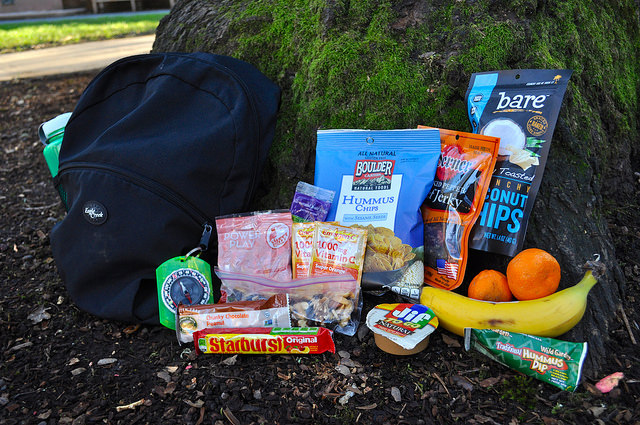
- Water Bottles or Hydration System: Carry sufficient water for your trek. The amount will vary based on the duration, weather conditions, and availability of water sources along the trail. Consider using a hydration system for easy access while on the move.
- Snacks: Pack energy-boosting snacks such as trail mix, energy bars, and fruits. Plan for extra snacks on longer treks to replenish energy levels.
- Meal Planning: For multi-day treks, plan your meals and carry lightweight, high-energy food items. Consider factors such as nutritional value, weight, and ease of preparation.
Proper hydration and nutrition contribute significantly to your endurance and overall well-being during a trek. Adequate planning ensures you have the necessary supplies to sustain yourself throughout the journey.
Trekking Poles:
Trekking poles provide additional stability and support, particularly on challenging terrain:
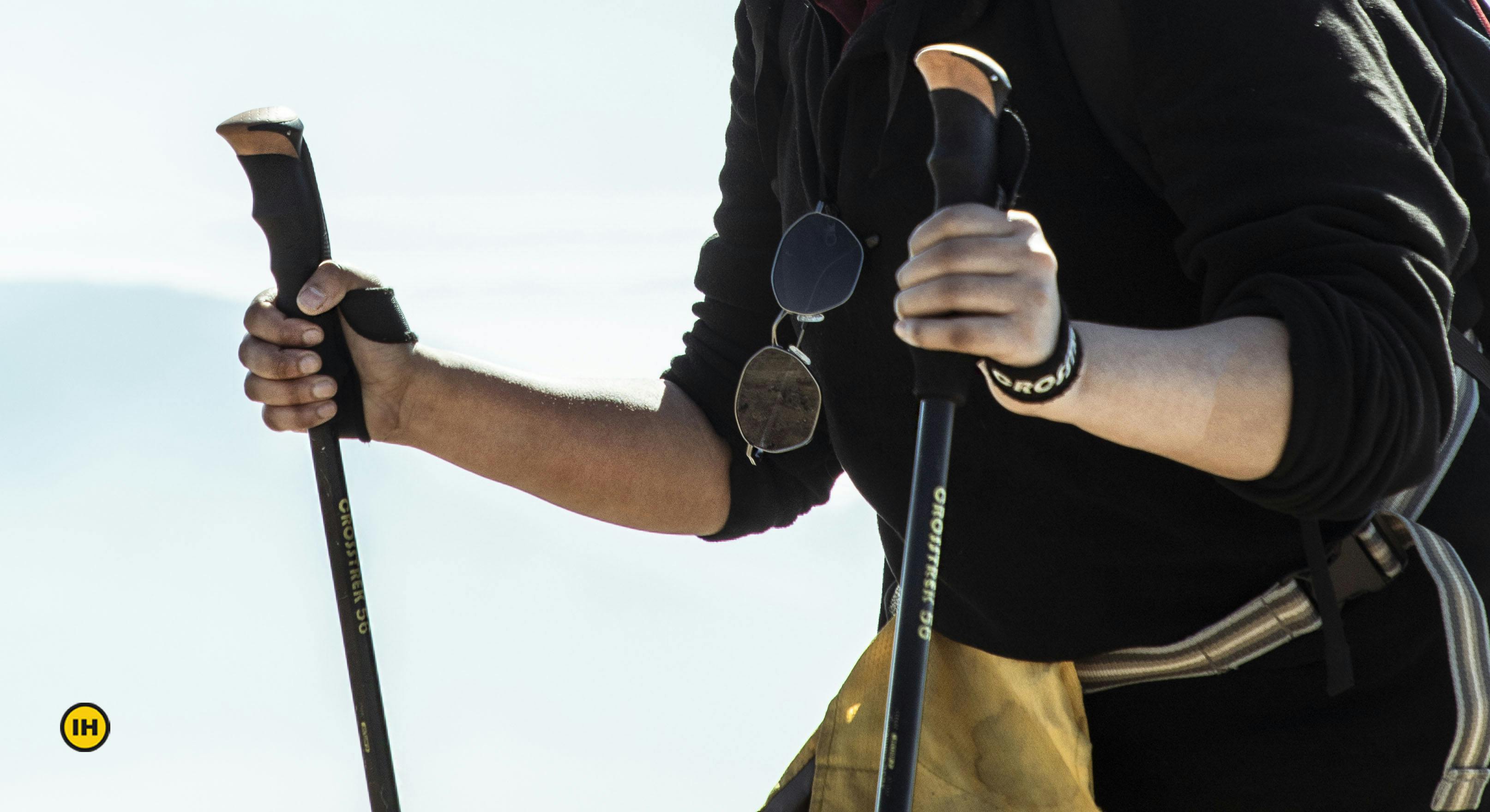 Adjustable Length: Choose trekking poles with adjustable length to accommodate different terrains and personal preferences. The ability to adjust the length allows you to customize the poles to your height and the slope of the trail.
Adjustable Length: Choose trekking poles with adjustable length to accommodate different terrains and personal preferences. The ability to adjust the length allows you to customize the poles to your height and the slope of the trail.- Shock Absorption: Some trekking poles come with shock absorption features to reduce impact on joints. This is especially beneficial when descending steep slopes or navigating uneven terrain.
- Material: Consider the material of the poles. Lightweight materials like aluminum or carbon fiber are preferable for ease of use. Look for durable materials that can withstand the rigors of trekking.
Trekking poles can significantly reduce the strain on your lower body and enhance stability, making them valuable companions on various types of trails.
Camping Gear (for Overnight Treks):
 your trek involves camping overnight, consider the following additional gear:
your trek involves camping overnight, consider the following additional gear:
Tent: Choose a tent based on the number of people and the conditions you expect. Look for lightweight and compact options suitable for trekking.
- Sleeping Bag: Select a sleeping bag appropriate for the expected temperatures. Consider factors such as insulation type, weight, and packability.

- Cooking Equipment: If cooking is necessary, pack a compact stove, fuel, and lightweight cookware. Consider pre-packaged meals for convenience.
- Sleeping Pad: A sleeping pad provides insulation from the ground and enhances sleeping comfort. Look for lightweight and compact options suitable for trekking.
Camping gear adds an extra layer of preparation for overnight treks, ensuring you have the necessary equipment for a comfortable night in the outdoors.
Conclusion:
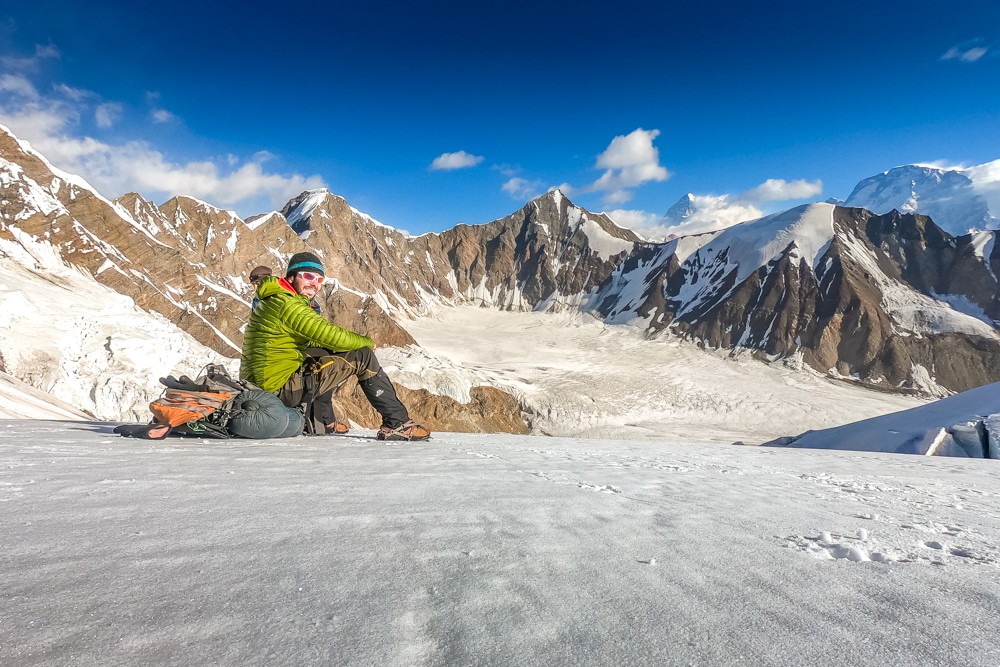
Choosing the right trekking gear for beginners is a crucial step towards ensuring a safe, comfortable, and enjoyable outdoor experience. By carefully selecting footwear, clothing, backpacks, navigation tools, safety equipment, hydration and nutrition supplies, trekking poles, and camping gear when necessary, beginners can set themselves up for success on the trail. Remember that personal comfort and preferences play a significant role in gear selection, so take the time to try out different options and find what works best for you. As you venture into the world of trekking, well-chosen gear will not only enhance your overall experience but also contribute to the sense of accomplishment and joy that comes with each successful trek.

